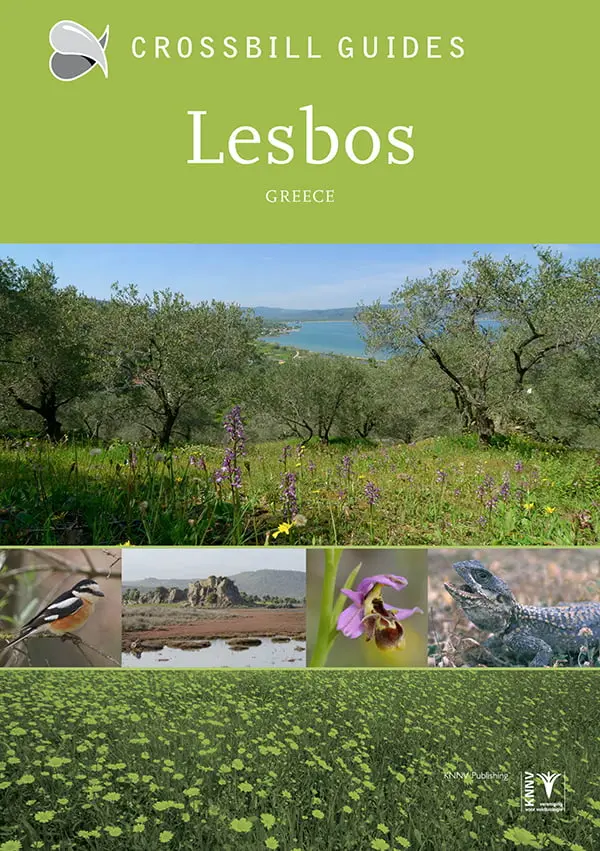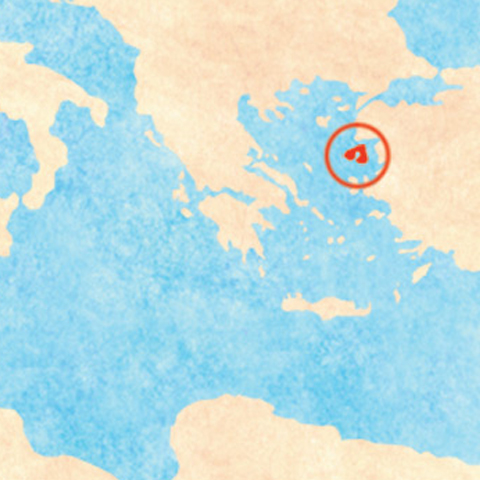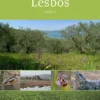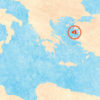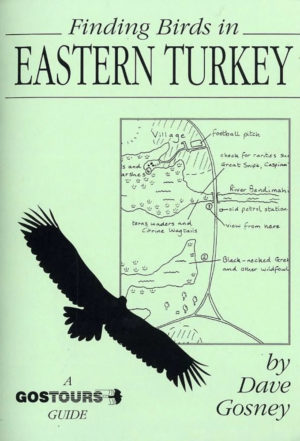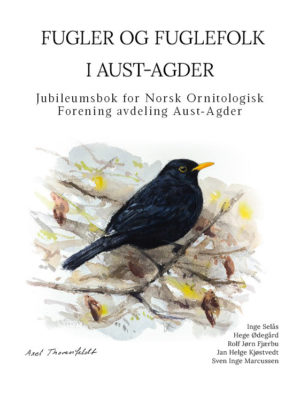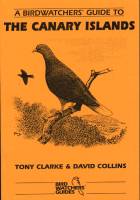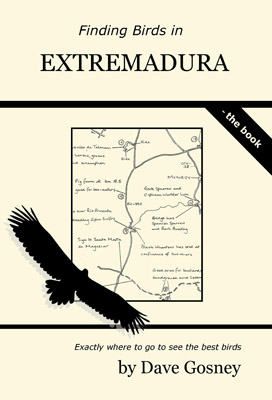Forlagets omtale av Crossbill Guides Lesbos
In the Aegean Sea, close to the Turkish border, lies the island of Lesbos. It is the 3rd largest Greek island of the Aegean and a hotspot for birds, wildflowers and wildlife in general. The fine oak and chestnut woods, flowery scrublands, olive groves and coastal marshes are full of discoveries for nature enthusiasts.
- Landscape history
- Ecosystems
- Geology
- Flora and Fauna
- Where to watch birds
- Finding orchids and other wildflowers
- 17 detailed routes with observation tips and 22 site descriptions
About the region Lesbos
Bird migration
Lesbos is above all famous for its bird migration. As the island lies right beneath one of the prime migration routes, wave after wave of migratory birds visit the island in spring and autumn to spend a few hours or days on the island before flying on to the north. Strategically located hedgerows and scrublands on headlands are full of small songbirds that breed either in the eastern Mediterranean, eastern Europe or the boreal and arctic areas. Along the small rivers and coastal marshes, waders, terns, spoonbills, egrets, herons, bitterns, ibises and flamingos are common.
Villages and olive groves in the north and east
Lesbos has two very different landscapes. The west is dry and covered in low scrub, while the east is green and wooded. The eastern part of Lesbos offers splendid walking. The Arcadian landscape with age-old olive groves and chestnut forests that surround pretty villages where the pace of life has slowed down. Over old cobble-stone roads cobbled paths, called Kaldirimi, you can walk from village to village. In spring, the olive groves and forests are a veritable flower show, with thousands of orchids, wild tulips, fritillaries, lilies and tassel hyacinths.
The arid west side – birds and petrified trees
The hills and mountains in the west are stony, dry and covered in a low, cushion-shaped vegetation called phrygana. This rugged terrain is home to a great birdlife, with Cinereous and Chretzschmar’s Buntings, Black-eared and Isabelline Wheatears, Rock Sparrow and Long-legged Buzzard among the more attractive species. A very special feature of this part of the island is the petrified forest – the largest of its kind in the world! A volcanic eruption made perfect casts from the prehistoric trees that grew here at that time.
The Crossbill Guides Lesbos describes the flora and fauna, landscape and traditional land use of this island, plus 17 detailed routes and 23 sites with concrete indications on where and how to find the birds, wildlife and flora.
